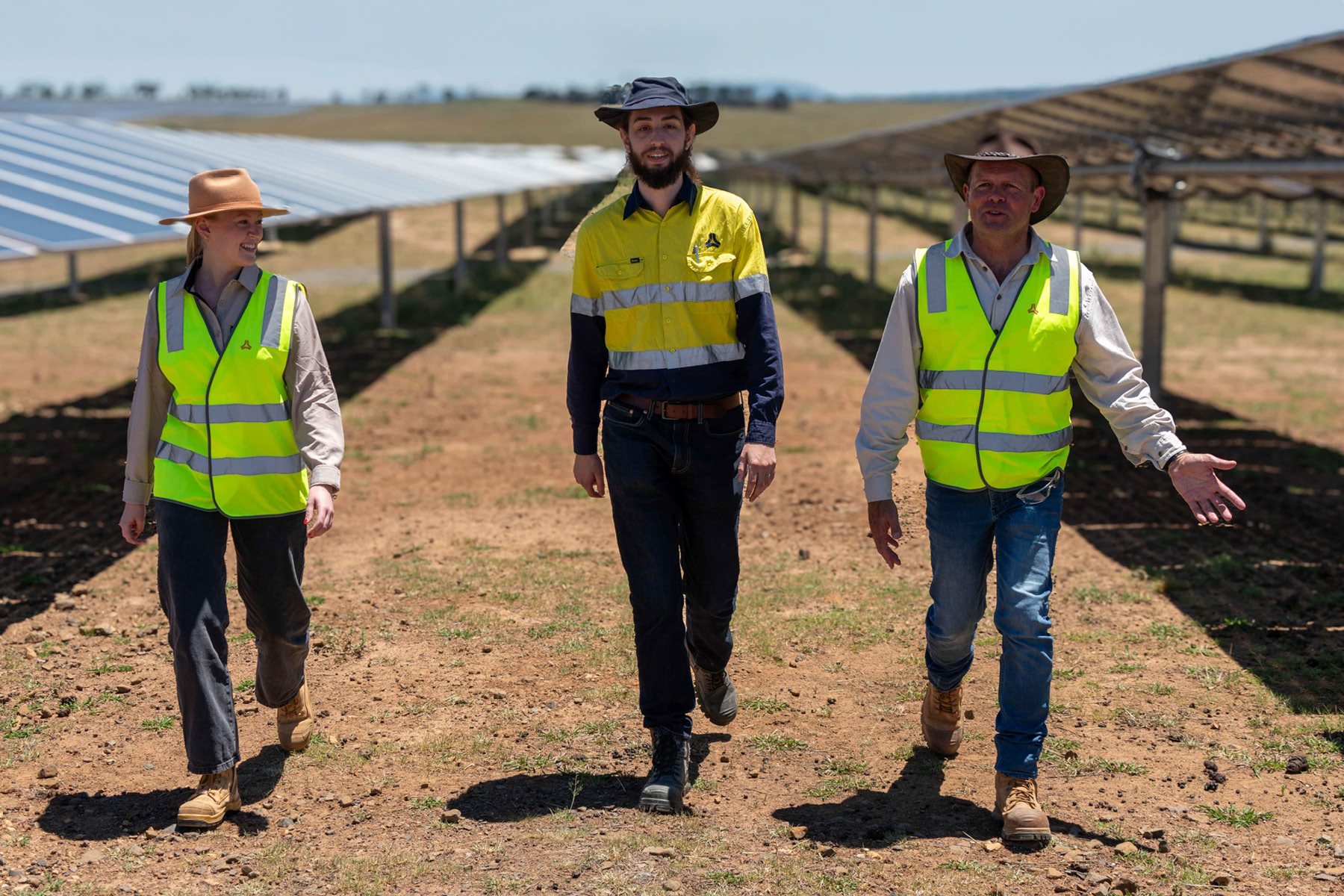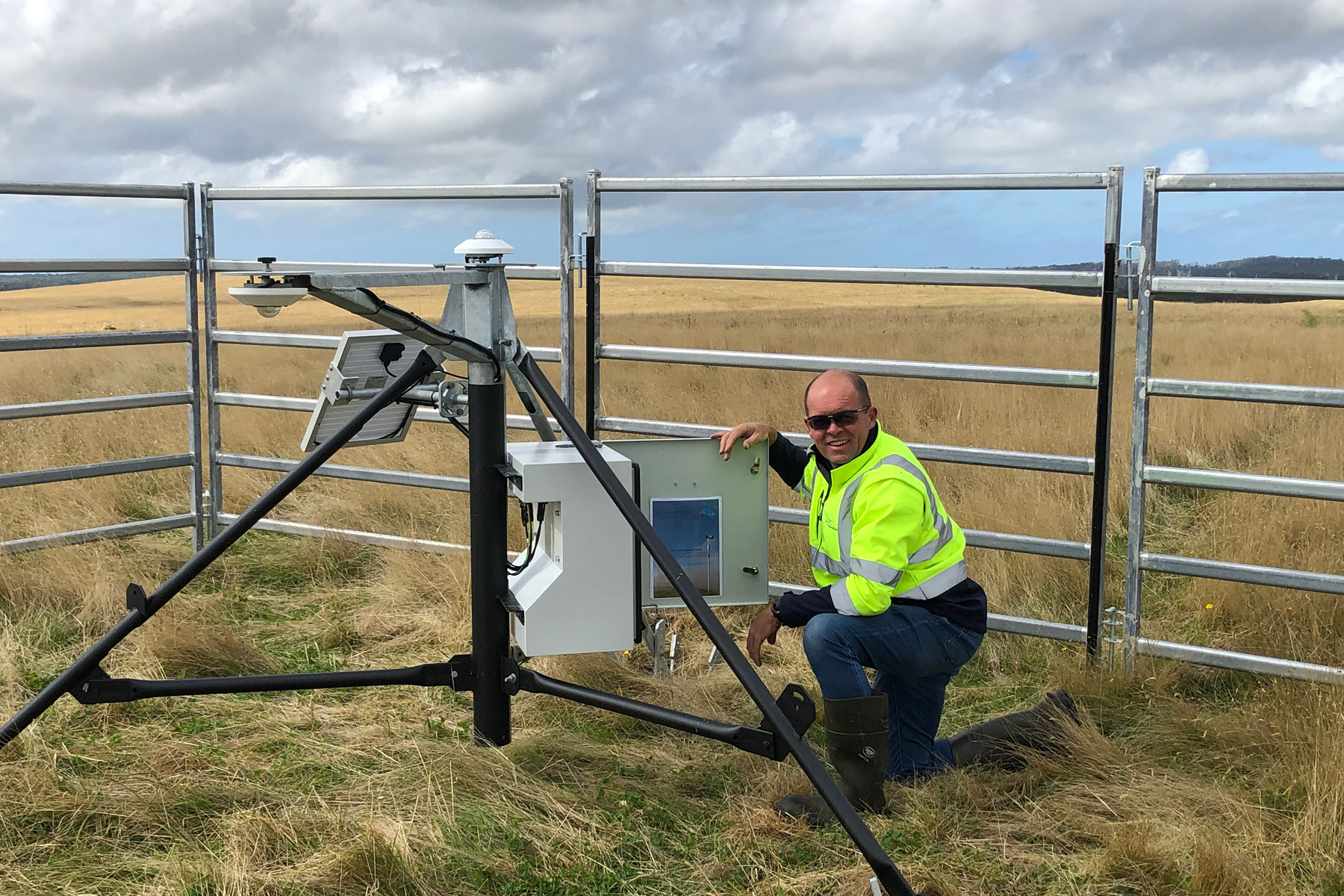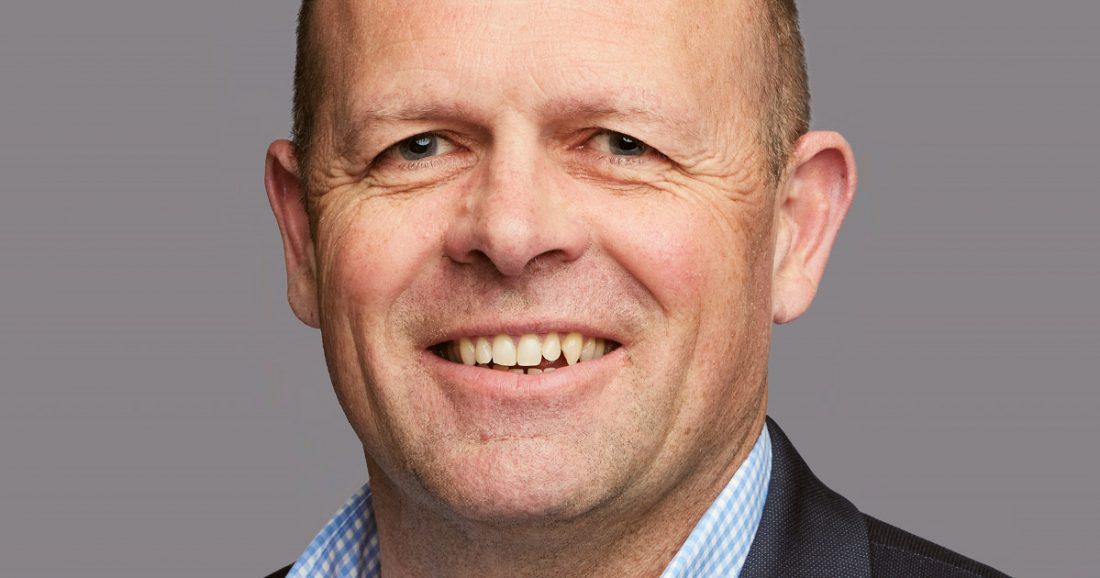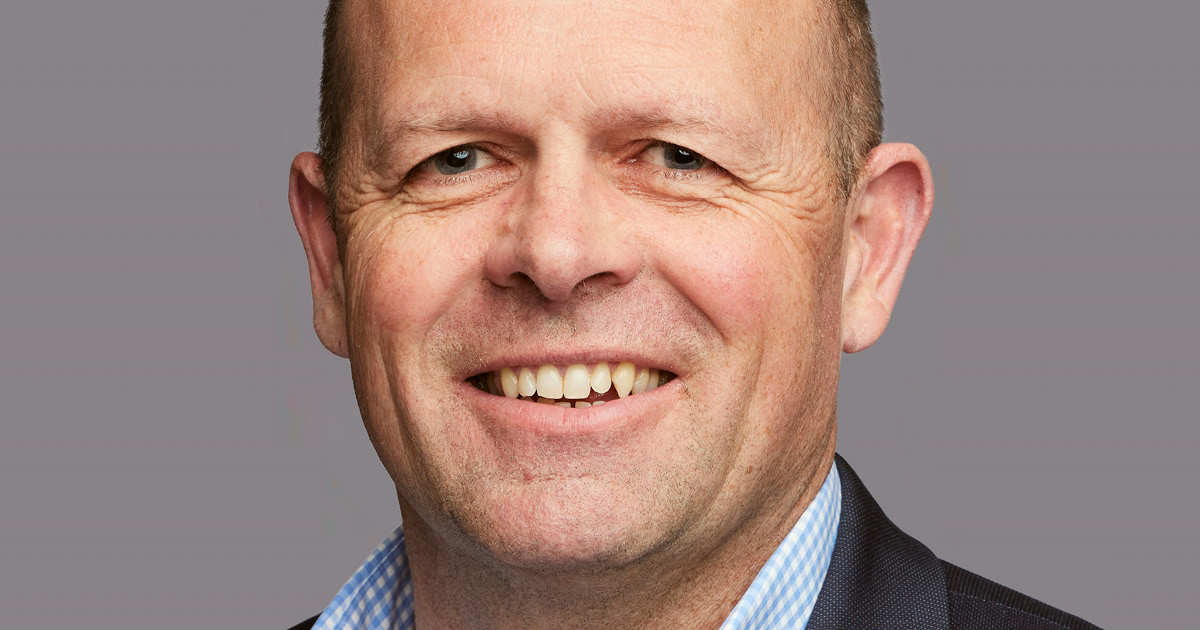When David Pollington began his career in renewable energy more than three decades ago, he wasn’t doing it for the hype. As wildfires burn hotter, seas rise higher and communities face unprecedented weather extremes, he chose action over apathy – and creating a better future became his mission.
“My personal goal is to leave this world having made a difference, leaving behind a world that is better than the one I was born into,” he tells The CEO Magazine.
Now, as Managing Director of ACEN Australia, the platform representing ACEN’s renewable energy assets in Australia, Pollington is driving some of the most ambitious renewable energy projects in the country.

“The integration of renewable energy into agriculture is a natural fit that must provide a net benefit to farmers.”
From transforming farmlands into dual-purpose solar sites to forging meaningful partnerships with First Nations communities, he’s proving the transition to net zero doesn’t have to come at the expense of tradition, culture or connection.
“We are committed to finding the best solutions for the way we communicate, deliver and operate our projects to ensure they are not to the detriment of the natural environment or society. This includes helping to lift the standard,” he points out.
Lifting the standard
For Pollington, lifting the standard means addressing some of the most pressing challenges facing the renewable energy sector. In 2021, for example, ACEN Australia signed the Clean Energy Council’s Pledge Against Modern Slavery.
“Tackling modern slavery is an ongoing challenge for ACEN and the industry more broadly,” he explains.
“We regularly ask ourselves, ‘Can this be done in a better way?’ And where the answer is yes or maybe, we will investigate and look to change our approach. We all learn from each other, but I hope some of our successes bring about a positive change to the industry.”
ACEN Australia is also redefining what large-scale renewable energy projects can achieve. Near Uralla in New South Wales, the company’s New England Solar site, for example, has set a benchmark for innovative land use.

Advertisement
It generates 400 megawatts of renewable energy (enough to power 185,000 homes) while supporting more than 6,000 sheep grazing among its solar panels.
“From the beginning, we’ve worked closely with the farmers to enable continued grazing,” he says. “This collaborative approach is enabling us to balance the seasonal feed requirements of the sheep while minimizing fire risk.”
And that’s just the start, he says. “The integration of renewable energy into agriculture ensures agricultural land can continue to be used for food and fiber production,” Pollington explains. “This form of diversification provides a dual income for farmers, often described as drought-proofing, which can get them through the tough times.
“Importantly, the passive income gives farmers the capacity to invest in efficiencies to improve their agricultural productivity. From our perspective, the integration of renewable energy into agriculture is a natural fit that must provide a net benefit to farmers.”
Achieving net zero
As ACEN Australia’s portfolio expands, so does its commitment to addressing the environmental impacts of renewable energy technology.
“ACEN Australia is currently working with various entities, including a First Nations business, to help establish commercially viable solar panel disposal and recycling options,” he says. “From our perspective, it is better to be part of the solution than have the solution forced upon us.”

“The 2050 net zero target is a crucial milestone for Australia, and we are proud to be a key player in helping to achieve it.”
This holistic approach is helping the company take a leading role in the renewables revolution.
“ACEN Australia has more than one gigawatt capacity of large-scale solar in construction and operations and more than 13 gigawatt capacity in the development pipeline across wind, solar, battery and pumped hydro,” Pollington says.
“The 2050 net zero target is a crucial milestone for Australia, and we are proud to be a key player in helping to achieve it.
“We believe our geographic diversity and mix of complementary generation and storage will help build grid stability and customer confidence, which in turn will give our board the confidence to accelerate investment in Australia’s renewable energy transition.”




